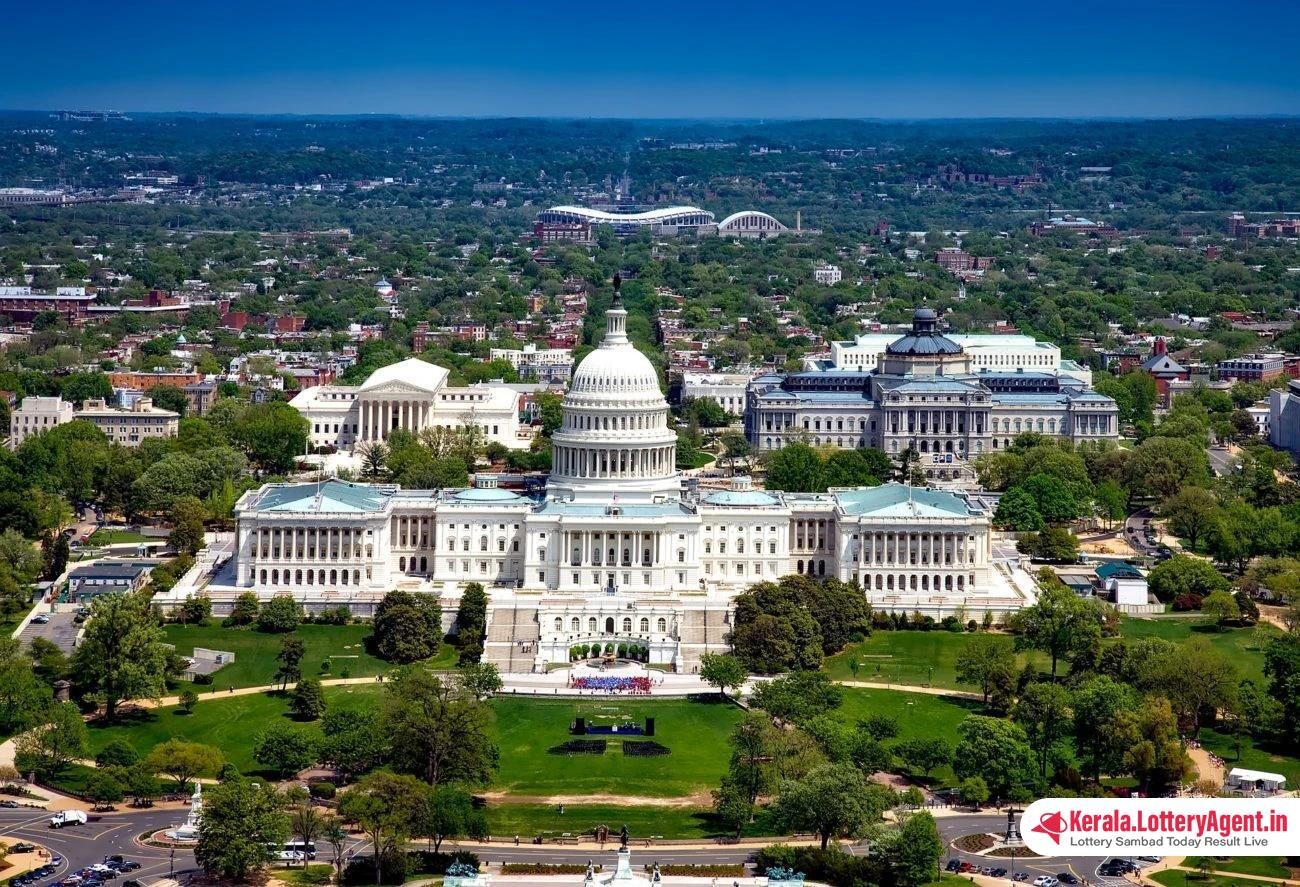
In a significant move that could reshape the landscape of sports gambling in the United States, Representative Paul Tonko is poised to introduce a bill that would not only establish stringent controls on sports betting advertising and practices but also mandate federal approval for states to engage in such wagering activities.
This legislative initiative comes nearly six years after the U.S. Supreme Court nullified the Professional and Amateur Sports Protection Act (PASPA), thereby granting states the autonomy to legalize sports betting. Since then, over 35 jurisdictions across the nation have legalized some form of sports betting, fueling a vibrant, though contentious, market.
The proposed bill, designed to impose a “general prohibition on sports betting,” necessitates states to secure authorization from the Department of Justice to provide legal sports betting options. Sources familiar with the draft legislation reveal that any state keen on offering sports betting would be required to submit an application to the U.S. Attorney General. This application must demonstrate adherence to a comprehensive set of criteria, remaining valid for a three-year tenure. Notably, the preliminary outline does not mention an application fee.
Questions loom over the legality of Representative Tonko’s proposal. The Supreme Court’s verdict pronounced nearly six years ago emphasized sports betting as an issue of states’ rights, casting doubt on the constitutional underpinnings of federal interference.
Representative Tonko, a Democrat from New York, is no stranger to the domain of sports betting regulation. Two years ago, he introduced legislation aimed at completely prohibiting advertising related to sports betting. The latest bill proposes to supplant this previous attempt, with Tonko now pursuing a more comprehensive approach dubbed the SAFE Act (Supporting Affordability and Fairness with Every Bet). The Act focuses on federal oversight encompassing sports betting advertising, affordability, and the application of artificial intelligence.
Among the proposed stipulations, certain terminologies would be banned in advertising, and there would be a prohibition on such advertising during live sports events. Additionally, the bill aims to impose a curfew on sports betting broadcast advertising, restricting it between the hours of 8am and 10pm each day.
Bettors could face a daily limit of five deposits, and sports betting operators would have to conduct “affordability checks” for significant wagers. Another distinct provision seeks to ban the use of artificial intelligence for monitoring gamblers’ behavior to curtail targeted promotions and the creation of betting markets.
The outline extends beyond these measures with provisions for banning wagering on amateur sports—with specific exceptions—and prohibiting proposition bets pertaining to college and amateur athletes, despite some jurisdictions currently offering such bets.
Positioned as a safeguard for public health, Tonko’s brainchild would also mandate the establishment of a nationwide self-exclusion list clearinghouse. It calls for a report by the Surgeon General addressing the “public health challenges associated with sports betting,” and authorizes the Substance Abuse and Mental Health Services Administration to collect data on the prevalence and outcomes of sports betting across the country.
Earlier in January, Congress saw the introduction of another federal bill concerning legal sports betting—the GRIT Act—which advocates for diverting half of the current federal excise tax towards problem and responsible gaming initiatives.
The landscape of legal sports betting in the United States currently enjoys considerable autonomy for states. Should Tonko’s proposed bill become law, it would herald a new era of Federal oversight and regulation in a domain that has, since PASPA’s overturning, become a dynamic component of state economies. The impact of such legislation on the burgeoning sports betting industry, state rights, and consumer behavior will be scrutinized closely as stakeholders across the board brace for potential changes ahead.












